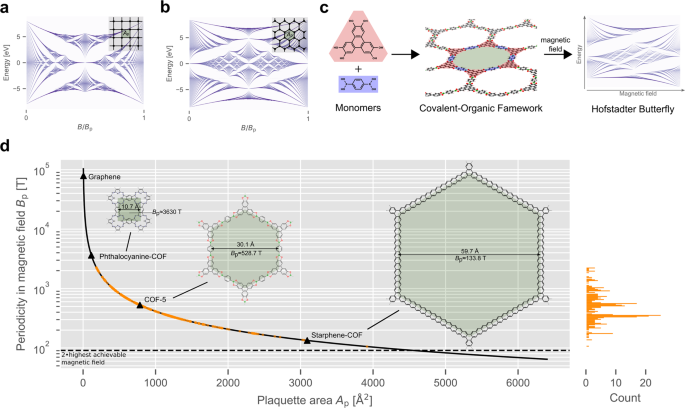
- Select a language for the TTS:
- UK English Female
- UK English Male
- US English Female
- US English Male
- Australian Female
- Australian Male
- Language selected: (auto detect) - EN
Play all audios:
The Fish and Wildlife Service announced today that it will list the northern long-eared bat as "threatened" under the Endangered Species Act, a lower level of protection than it
originally proposed for the imperiled species. The agency also approved a rule to provide flexibility for forest managers and landowners by allowing for the incidental killing or harming of
long-eared bats during the course of forest management activities, known as a 4(d) rule. The move was panned by environmentalists, who favored listing the bat as endangered and are likely to
challenge the decision in court. It received mixed reviews from industry groups. Advertisement The threatened listing and interim 4(d) rule will both be implemented on May 4. But FWS will
continue to take comment on the rule until July 1 and plans to finalize it in some form by the end of the calendar year. "Bats are a critical component of our nation’s ecology and
economy, maintaining a fragile insect predator-prey balance; we lose them at our peril," said FWS Director Dan Ashe. "The alternative to bats is greater pesticide use, which brings
with it another set of ecological concerns." Northern long-eared bat populations in Eastern states have plummeted by more than 90 percent since the discovery in 2006 of white-nose
syndrome, which the listing said is the primary threat to the species. As of 2014, the deadly fungal disease had spread to the District of Columbia and 28 of the 37 states in which the
species is found. After initially proposing an endangered listing for the species in October 2013, Fish and Wildlife determined that the bat is not endangered because the syndrome has not
yet spread throughout its range. Furthermore, it said, bat populations in areas unaffected by the disease appear to be stable. In areas not affected by the syndrome yet, all incidental
harassment, harming or killing of bats — actions collectively referred to as "take" — will be allowed. In states where bats are infected with the disease, the range of activities
exempted from prohibitions on take is more limited. The 4(d) rule will only protect forestry management practices, maintenance and limited expansion of transmission and utility rights of
way, prairie habitat management, and the removal of hazardous trees and others that are not used by the bats. The rule and threatened listing were slammed by environmentalists as a gift to
industry. "These bats are losing more ground every day to a devastating disease, and instead of providing strong protection for the survivors, the Fish and Wildlife Service has given
the green light to logging, oil and gas drilling, mining and other habitat-wrecking industries," said Mollie Matteson, a senior scientist with the Center for Biological Diversity.
"Weakening protections for the northern long-eared bat when it’s just barely surviving white-nose syndrome is like sucker-punching a cancer patient." "We’re definitely going
to fight this highly political decision — one that all but ignores the science," she added, pointing to a letter signed by more than 80 bat scientists that called for an endangered
listing (_E&ENews PM_, Dec. 8, 2014). But Michigan Department of Natural Resources Director Keith Creagh praised the decision. "The decision to list the bat as threatened with an
interim 4(d) rule represents a biologically sound determination that will address the conservation needs of these bats while providing flexibility for those who live and work within the
bats’ range," he said. Industries protected by the 4(d) rule were divided on the listing. National Rural Electric Cooperative Association CEO Jo Ann Emerson said utilities
"appreciate the decision" to go with a threatened listing. But the American Forest and Paper Association thinks FWS is targeting the wrong culprit. "We are concerned that
listing the northern long-eared bat as threatened will hinder forest management activities that provide habitat for the animal rather than address and find treatment for the acknowledged
threat to the species: white-nose syndrome," AF&PA President and CEO Donna Harman said in a statement. That viewpoint was echoed by the Independent Petroleum Association of America,
whose members’ incidental take is not specifically protected in areas where infected bats are found. "Rather than listing the bat and limiting development, the Fish and Wildlife
Service should work toward finding a solution to this deadly disease, while ensuring energy development, environmental stewardship, species conservation, and economic growth can thrive
together across the nation," said Dan Naatz, IPAA’s senior vice president of government relations and political affairs. FWS noted that it is also spending $20 million on white-nose
syndrome research. First detected in upstate New York, the disease causes infected bats to fly out of their caves in late winter, when they should be hibernating. The bats then die of
exhaustion and dehydration while searching for insects that haven’t yet hatched.
:max_bytes(150000):strip_icc():focal(539x0:541x2)/14134751_258168931243397_155443051_n-9fd700b14a374d1e904c51a9e1c51207.jpg)




